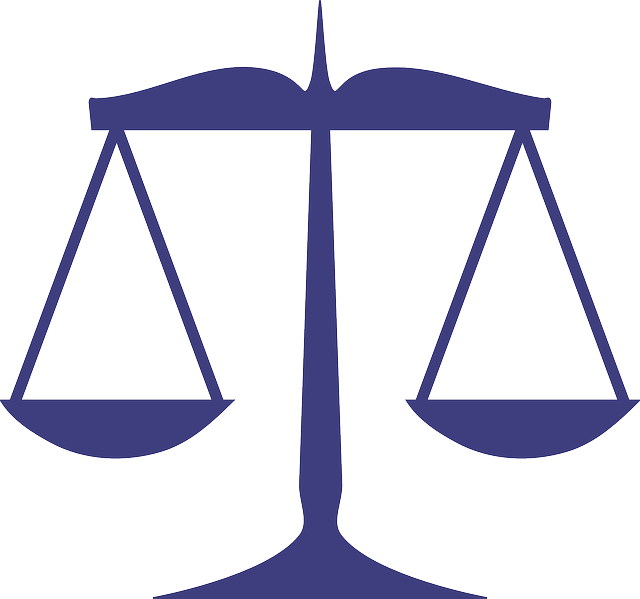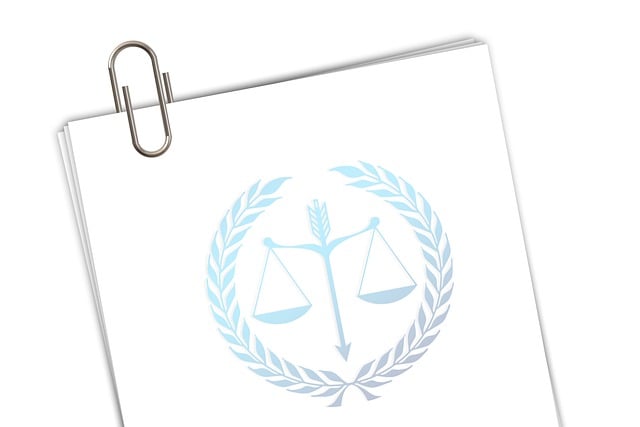Regulatory fraud laws protect consumers and businesses through strict penalties for false statements, ads, and corrupt conduct. Filing an Employment Law Complaint involves identifying red flags like discrimination or harassment, documenting violations, gathering evidence, consulting legal experts, and submitting a formal complaint to regulatory bodies. This process ensures fairness, triggers investigations, and may lead to mediation or trials, safeguarding employment law rights and maintaining market integrity.
In today’s complex business landscape, understanding regulatory fraud laws is crucial for both employers and employees. This comprehensive guide delves into the intricacies of employment law violations, providing clear steps to identify and document these issues. We outline the legal procedures and requirements for filing an official complaint, offering insights into what to expect post-submission. By following these guidelines, individuals can navigate the process effectively, ensuring a fair resolution in cases of regulatory fraud. Learn the essential steps to file an employment law complaint today.
- Understanding Regulatory Fraud Laws: A Comprehensive Overview
- Steps to Identify and Document Employment Law Violations
- Filing an Official Complaint: Legal Procedures and Requirements
- Navigating the Process: What to Expect After Submitting Your Complaint
Understanding Regulatory Fraud Laws: A Comprehensive Overview

Regulatory Fraud Laws are designed to protect consumers, investors, and businesses from deceptive practices that can distort markets and undermine public trust. These laws cover a wide range of activities, including false statements, misleading advertisements, and corrupt business practices, with penalties that can include fines, restitution, and even imprisonment. Understanding these regulations is crucial for both individuals and organizations looking to avoid legal pitfalls, especially in high-stakes cases involving white collar and economic crimes.
The process of addressing regulatory fraud begins with a thorough understanding of the specific laws applicable to your situation. Steps to File an Employment Law Complaint can serve as a guide for those facing violations. This may involve gathering evidence, consulting with legal experts, and submitting formal complaints to relevant regulatory bodies. By proactively engaging in these steps, individuals and entities can not only protect their rights but also contribute to maintaining the integrity of the business and financial landscapes, thereby avoiding indictment in cases that could have significant personal and professional consequences.
Steps to Identify and Document Employment Law Violations

Identifying and documenting employment law violations is a crucial step when considering steps to file an employment law complaint. The first paragraph should focus on raising awareness about various red flags that signal potential violations. This can include unfair hiring practices, discrimination based on race, gender, or age, harassment in the workplace, retaliation against employees who report unethical behavior, and violations of wage and hour laws. By staying informed about these issues, employees and employers alike can ensure a fair and respectful work environment.
The second paragraph should guide readers through practical steps to document these violations. This involves keeping detailed records of any suspicious activities, including dates, locations, witnesses, and specific instances of misconduct. Compiling these notes into a coherent report will not only aid in the filing process but also help achieve extraordinary results when navigating general criminal defense or employment law cases across the country.
Filing an Official Complaint: Legal Procedures and Requirements

When it comes to regulatory fraud laws, one crucial step in the process is filing an official complaint. This involves a series of legal procedures and requirements designed to ensure fairness and due process for all parties involved. The first step is to gather comprehensive evidence that demonstrates the existence of fraudulent activities, which can include financial records, contracts, emails, or any other relevant documents. Once this information is collected, individuals or organizations seeking justice must file their complaint with the appropriate regulatory body or agency responsible for handling such matters.
The process varies depending on the jurisdiction and type of fraud alleged, but generally, there are specific guidelines to follow. For instance, in many cases, a formal written complaint must be submitted, outlining the nature of the fraud, the parties involved, and the desired outcome. This is a critical step as it triggers an official investigation. The agency will then review the evidence and decide whether there’s sufficient merit to proceed with the case, which could lead to mediation or, in more severe cases, jury trials for white-collar and economic crimes.
Navigating the Process: What to Expect After Submitting Your Complaint

After submitting a complaint regarding regulatory fraud, individuals should be prepared for a structured and thorough process that aims to address their concerns. The initial step marks the beginning of all stages of the investigative and enforcement process. During this phase, relevant authorities will carefully review your claim, ensuring its validity and potential impact on the respective business or industry. This meticulous evaluation is crucial in determining whether there’s sufficient evidence to proceed.
The subsequent steps involve various assessments and analyses. Authorities will gather evidence, conduct interviews, and examine records to gain a comprehensive understanding of the situation. It’s important to know that both the complainant and the entity under scrutiny have rights during this process. The philanthropic and political communities play a vital role in ensuring fairness, as they provide oversight and contribute to policy discussions surrounding regulatory fraud laws.
Regulatory fraud laws are designed to protect employees from unfair practices, ensuring a safe and legal working environment. By understanding these laws and taking proactive measures, individuals can identify and document violations effectively. The process of filing a complaint involves clear legal procedures, and knowing what to expect afterward is crucial. Following the outlined steps to file an employment law complaint is essential for advocating your rights and fostering positive change in the workplace.






